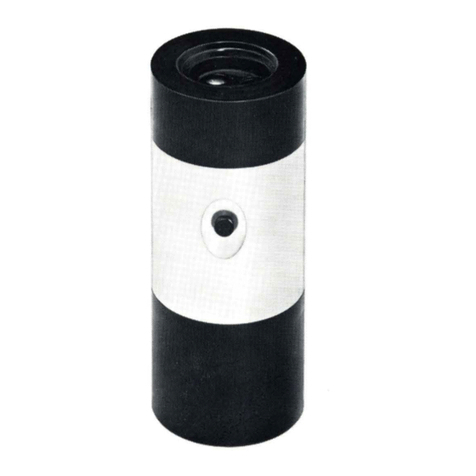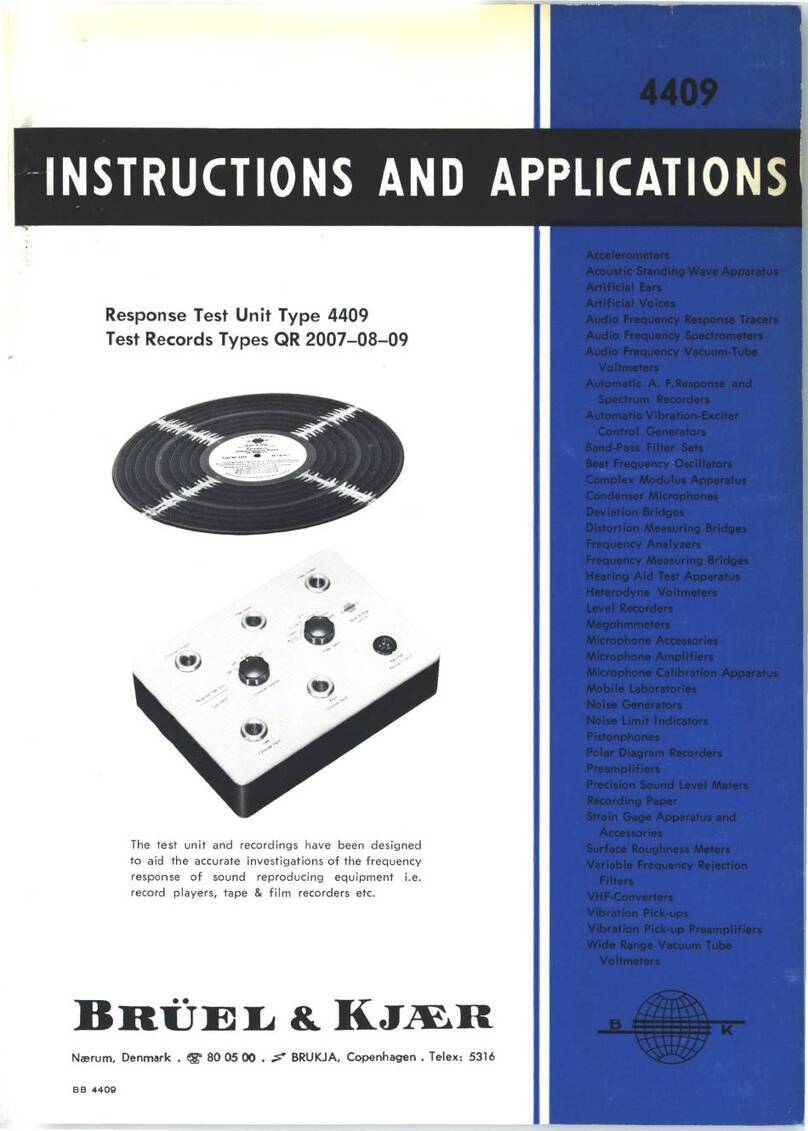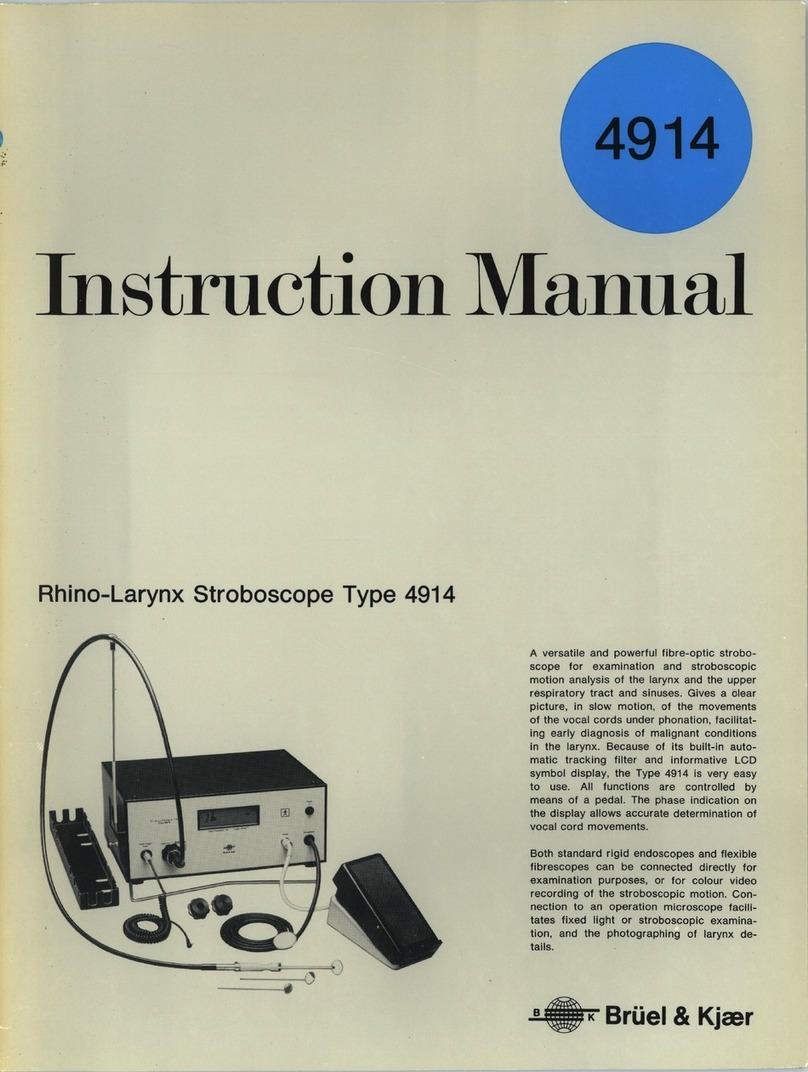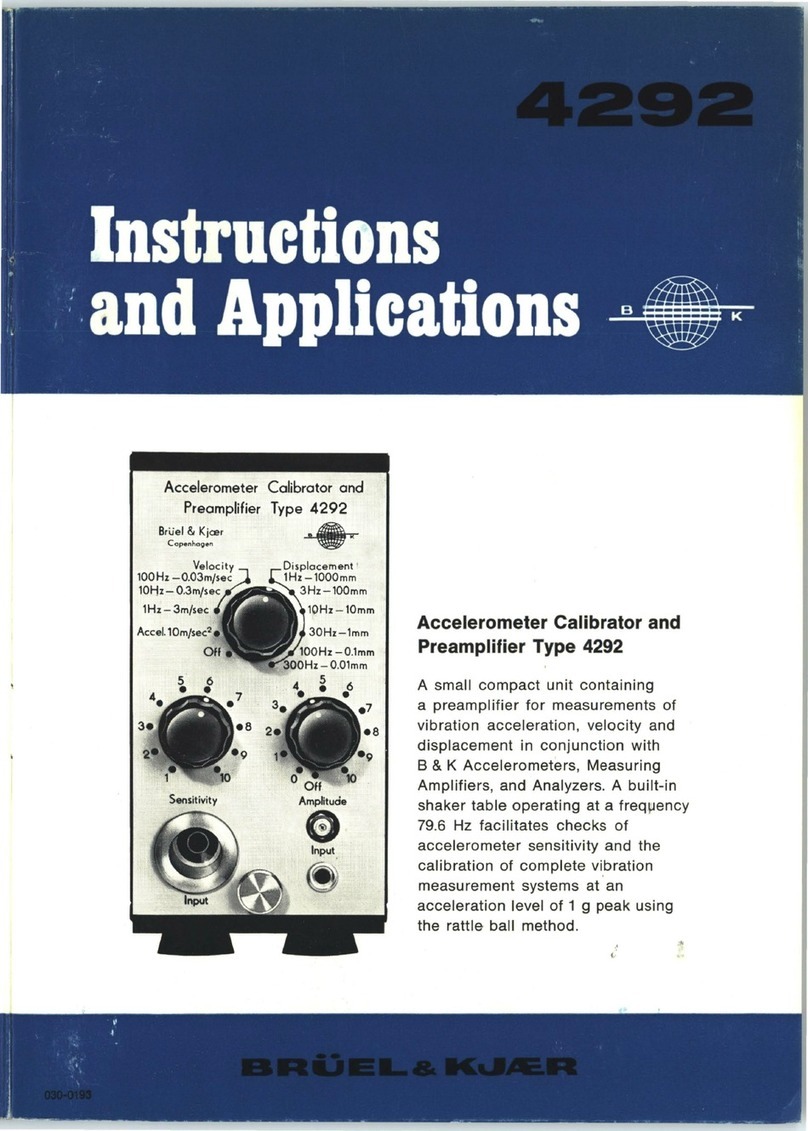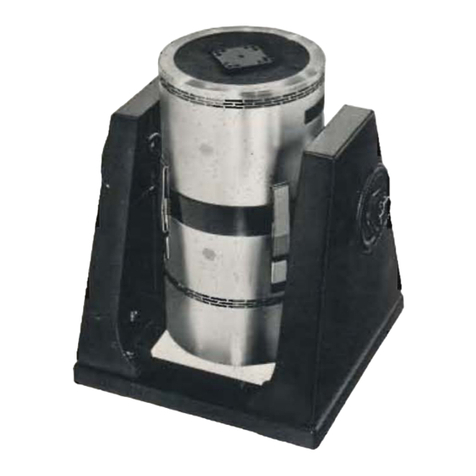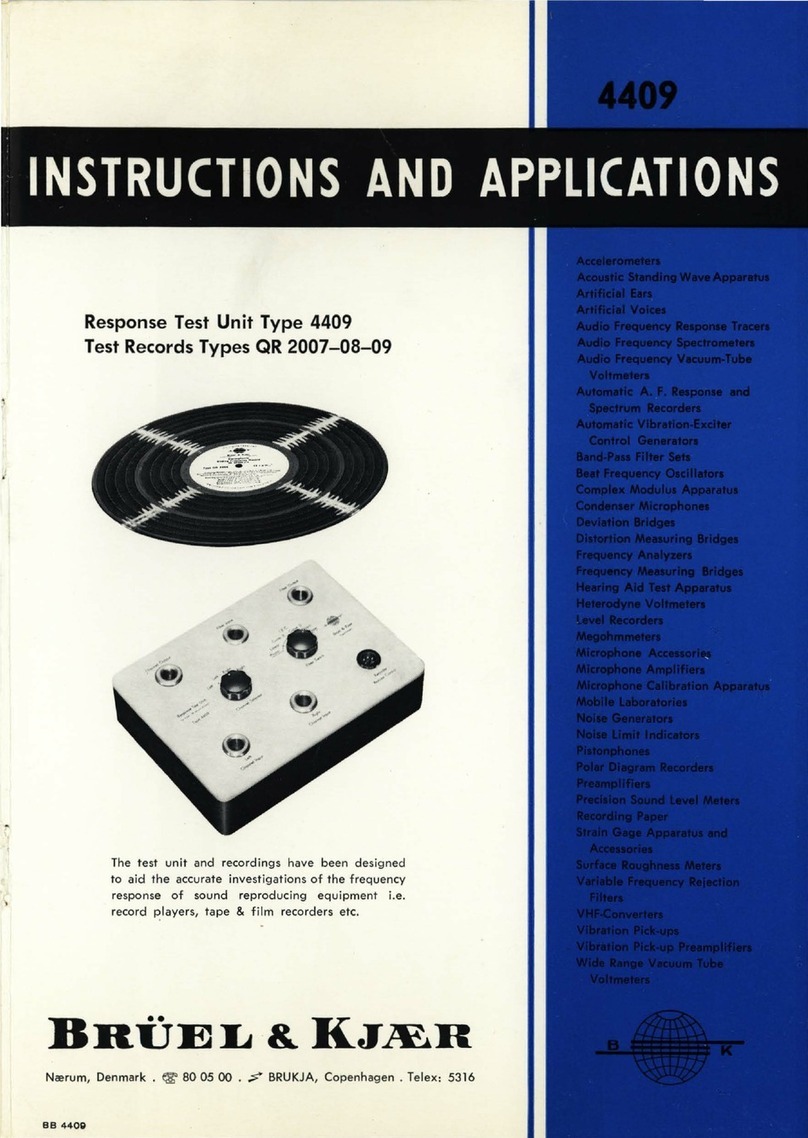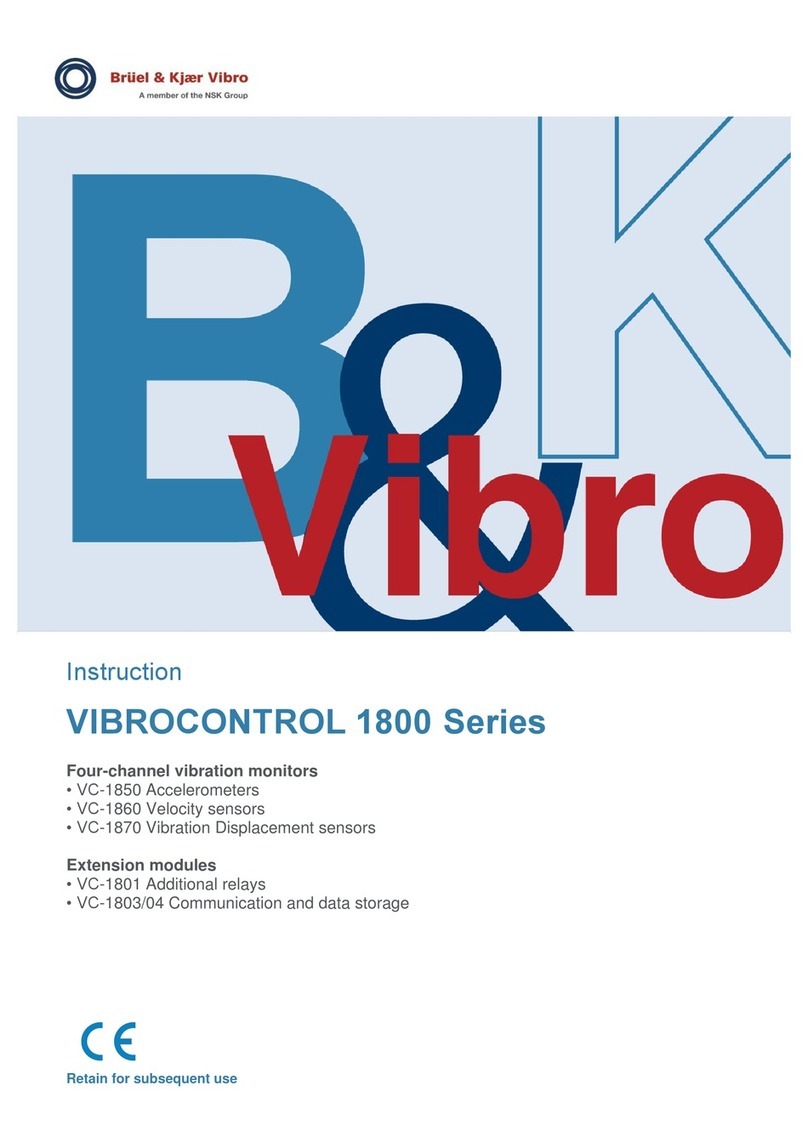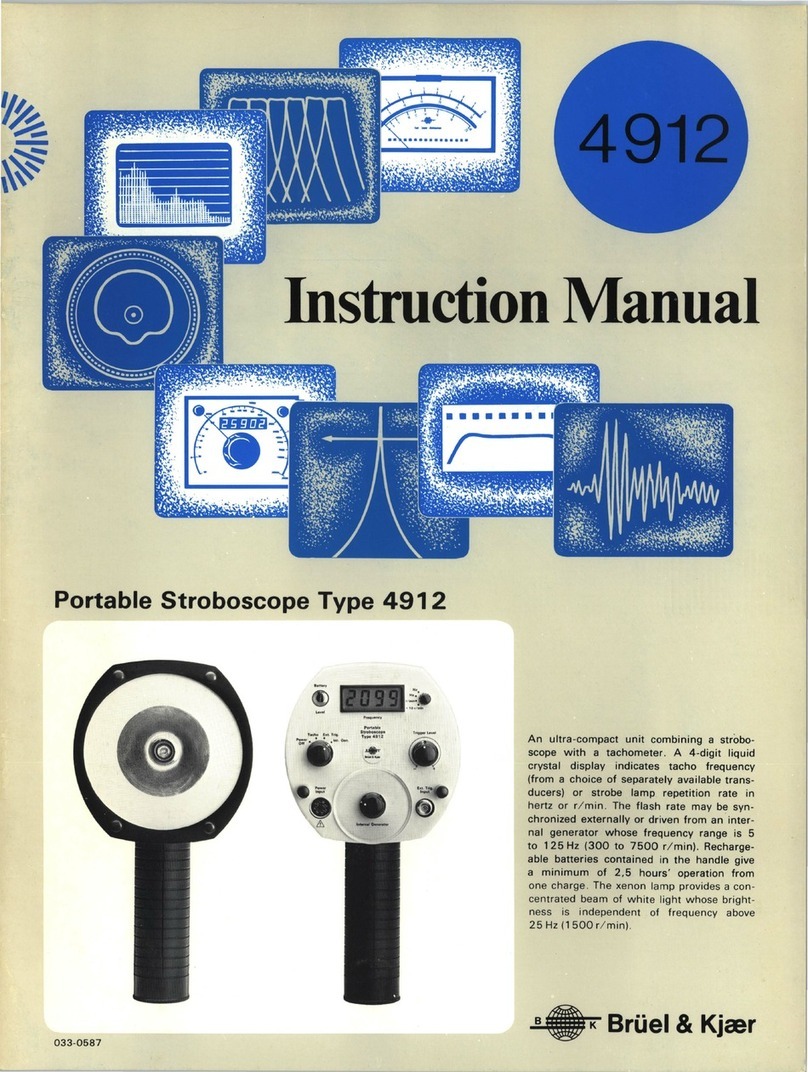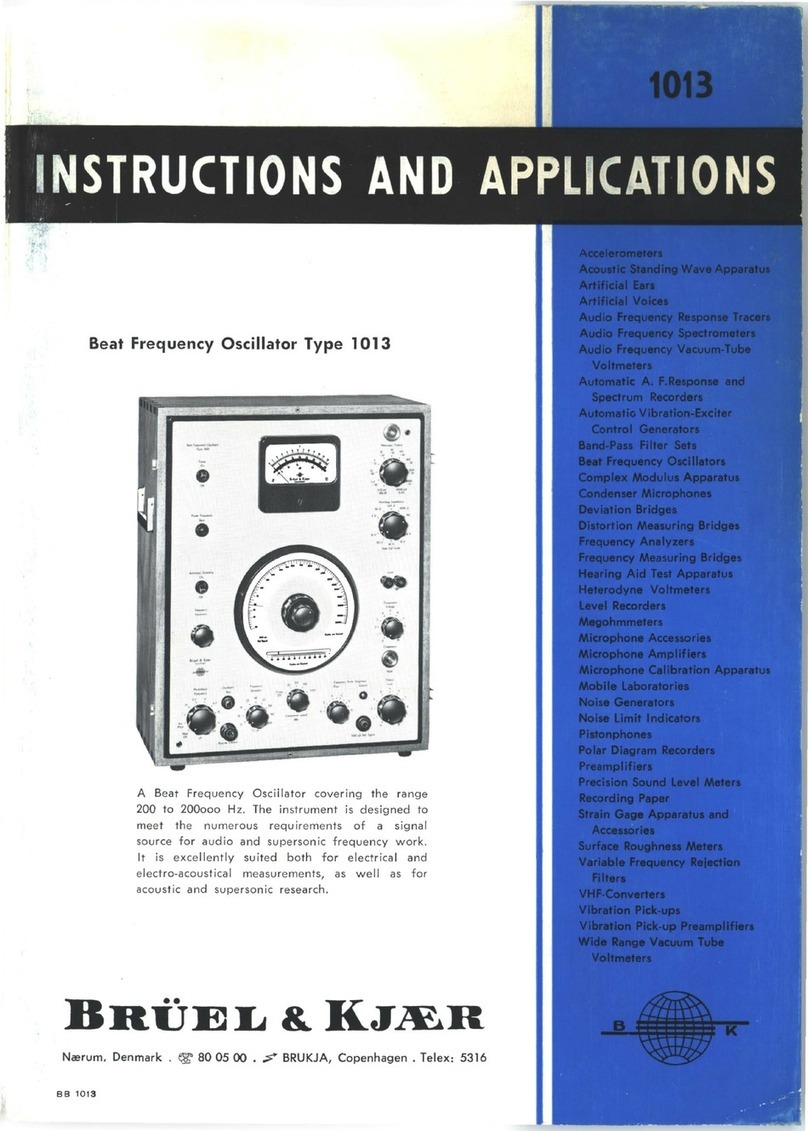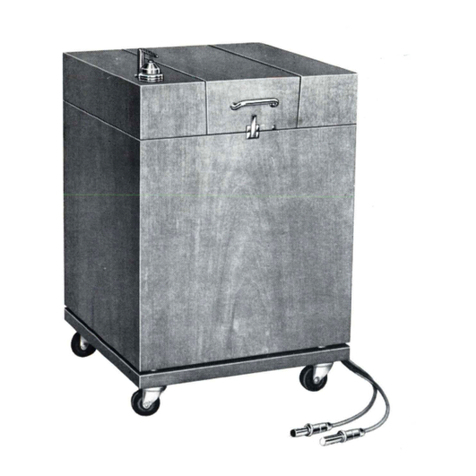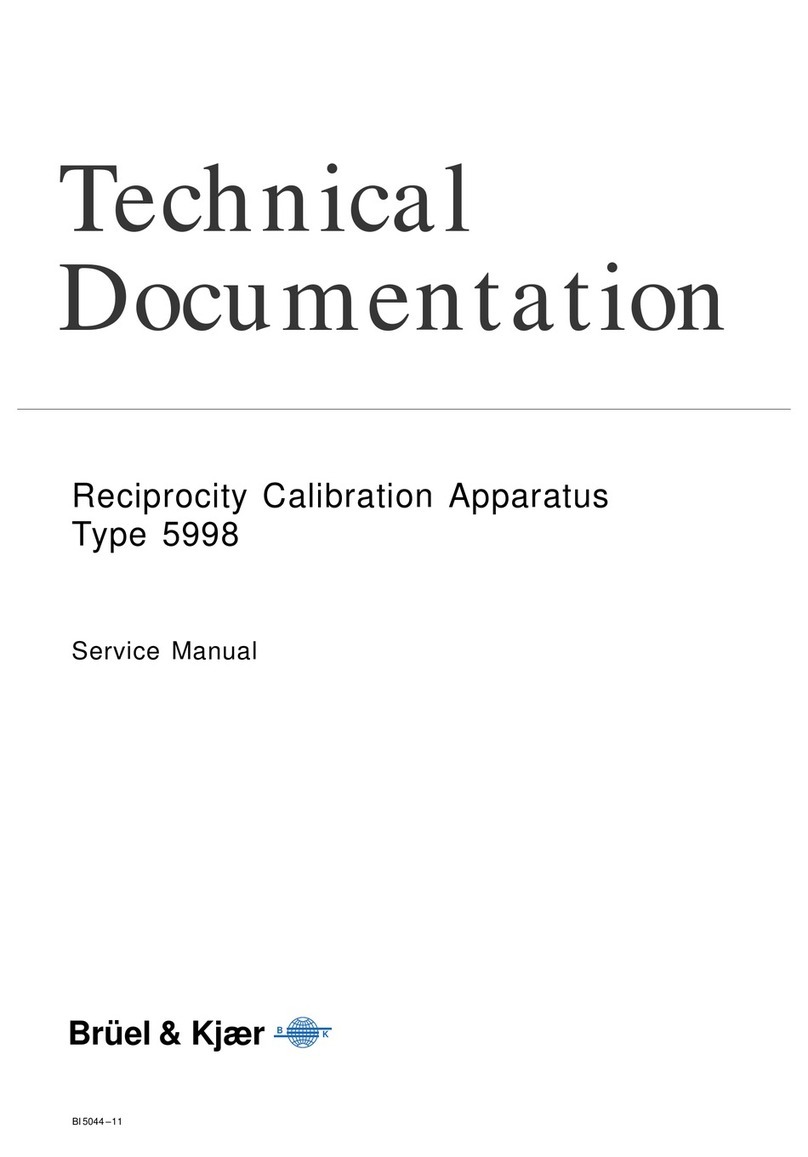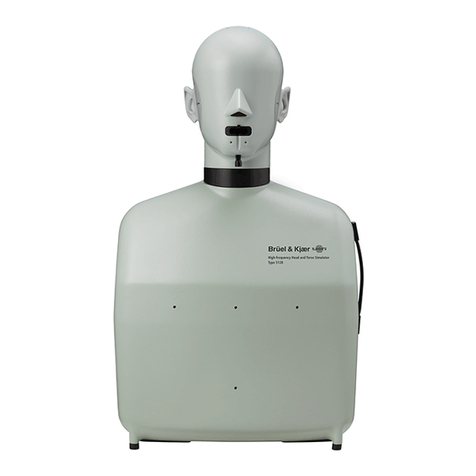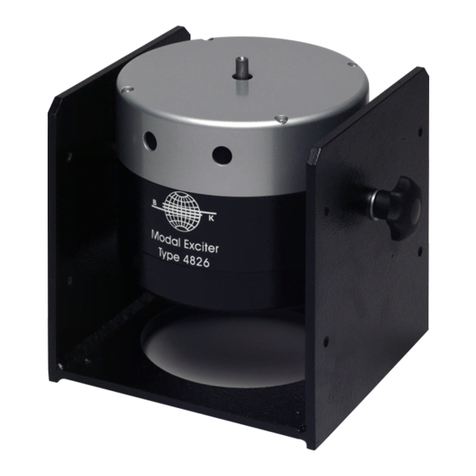
Health and Safety Considerations
This apparatus has been designed and tested in accordance
with IEC/EN 61010 – 1 and ANSI/UL 61010 – 1
Safety
Requirements for Electrical Equipment for Measurement,
Control and Laboratory Use
. This manual contains
information and warnings which must be followed to ensure
safe operation and to retain the apparatus in safe condition.
Safety Symbols and Signal Words Used
The apparatus will be marked with this symbol
when it is important that you refer to the
associated danger or warning statement given in
this manual
The manual uses this symbol when a danger or
warning statement is applicable
Hazardous Voltage/Electricity. Both the apparatus
and manual use this symbol when there is a risk for
shock or electrocution
Hot Surface. This manual will use this symbol when
there is a risk for burning or scolding
Earth (Ground) Terminal. The apparatus will be
marked with this symbol when applicable
Protective Conductor Terminal. The apparatus will
be marked with this symbol when applicable
Alternating Current. The apparatus will be marked
with this symbol when applicable
Danger Signals an imminent hazardous situation, which, if
not avoided, will result in death or serious injury
Warning Signals a possibly hazardous situation, which, if
not avoided, will result in death or serious injury
Caution Signals a hazardous situation, which, if not
avoided, could result in minor or moderate injury
or damage to the apparatus
Notice Signals a situation or practice that requires
attention, but does not directly result in personal
injury if ignored
Risks and Hazards
Explosion Hazards
Danger: The apparatus is not designed to be used
in potentially explosive environments. It should
not be operated in the presence of flammable
liquids or gases
Electrical Hazards
Warning: Any adjustment, maintenance and
repair of the open apparatus under voltage must
be avoided as far as possible and, if unavoidable,
must be carried out only by trained service
Caution: Switch off all power to equipment before
connecting or disconnecting their digital
interface. Failure to do so could damage the
equipment
Mechanical Hazards
Caution: Whenever it is likely that the correct function or
operating safety of the apparatus has been
impaired, it must be made inoperative and be
secured against unintended operation
Waste Handling
Brüel & Kjær complies with the EU’s Waste Electrical
and Electronic Equipment (WEEE) Directive, which issues
the following waste handling instructions:
• Do not dispose of electronic equipment or
batteries as unsorted municipal waste
• It is your responsibility to contribute to a clean
and healthy environment by using the
appropriate local return and collection systems
• Hazardous substances in electronic equipment or
batteries may have detrimental effects on the
environment and human health
• The symbol shown to the left indicates that
separate collection systems must be used for any
discarded equipment or batteries marked with
that symbol
• Waste electrical and electronic equipment or
batteries may be returned to your local
Brüel & Kjær representative or to Brüel & Kjær
Headquarters for disposal
